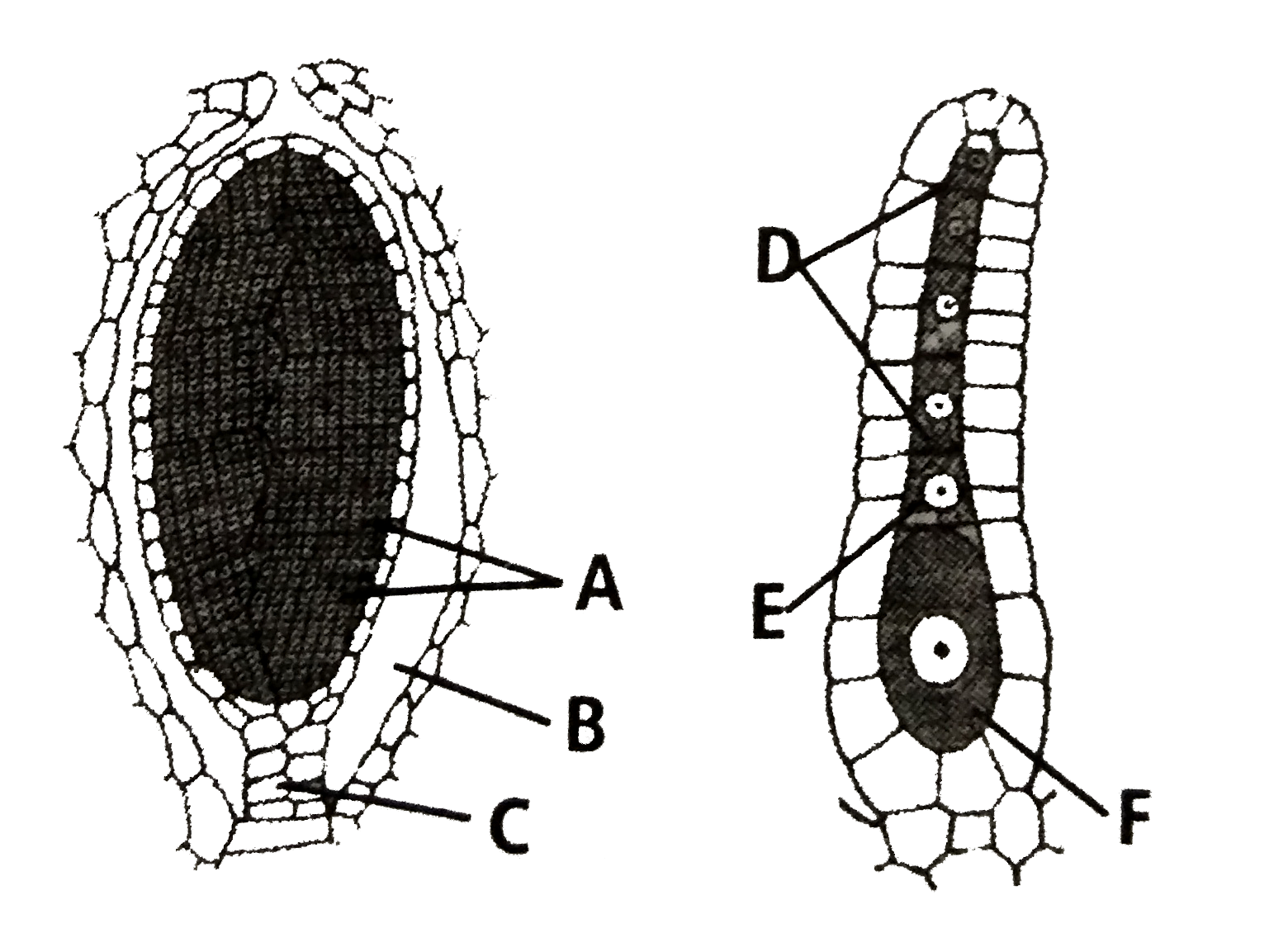In Riccia, the archegonium is
Rounded
Cup-shaped
Star-shaped
Flask-shaped.
The correct Answer is:D
Step-by-Step Solution:
1. Identify the Organ in Question: The question asks about the archegonium in Riccia, which is a type of liverwort belonging to the phylum Bryophyta.
2. Understand the Function of Archegonium: The archegonium is the female reproductive structure in plants, specifically in bryophytes like Riccia. It is responsible for producing and containing the egg cell.
3. Analyze the Structure of Archegonium: The archegonium in Riccia has a specific structure. It consists of a narrow, long neck and a broader base. This structure is crucial for its identification.
4. Visualize the Shape: When visualizing the archegonium, it resembles a flask or a bottle. The narrow neck leads to a wider base where the egg is located.
5. Evaluate the Options: The options given are rounded, cup-shaped, star-shaped, and flask-shaped. Based on the description of the archegonium's structure, the correct shape is flask-shaped.
6. Select the Correct Answer: Therefore, the correct answer is that in Riccia, the archegonium is flask-shaped.
---
Topper's Solved these Questions
- KINGDOM PLANTAE OR METAPHYTA BOOK - DINESH PUBLICATION ENGLISHCHAPTER - KINGDOM PLANTAE OR METAPHYTA EXERCISE - CYG
20 Videos
- KINGDOM MONERA (THE PROKARYOTES)BOOK - DINESH PUBLICATION ENGLISHCHAPTER - KINGDOM MONERA (THE PROKARYOTES)EXERCISE - CHECK YOUR GRASP
20 Videos
- KINGDOM PROTISTA (UNICELLULAR EUKARYOTES)BOOK - DINESH PUBLICATION ENGLISHCHAPTER - KINGDOM PROTISTA (UNICELLULAR EUKARYOTES)EXERCISE - CHECK YOUR GRASP
19 Videos
Similar Questions
Knowledge Check

Refer to the following figures regarding division bryophyta.
(i). 'A' are the androcyte mother cells of the antheridium,
which give rise to a large number of biflagellate male gametes.
(ii). 'B' is the autheridial chamber and 'C' is multicellular stalk of antheridium.
(iii). 'D' and 'E' respectively represents venter canal cells and neck canal cell of the femal sex organ.
(iv). 'F' is the egg cell of the archegonium, which usually possesses severatl female gameters.
Which of the following combinations of above statements is incorrect?A(i) and (ii)B(iii) and (iv)C(ii) and (iii)D(i) and (iv)
The number of neck canal cells in the archegonium of Selaginella is
View SolutionNeck canal cell is absent in the archegonium of
(a) Funaria
(b) Cycas
(c) Dryopteris
(d) All pteridophytes
View SolutionArrange the following cells in the archegonium of bryophytes from base to apex : neck canal cells, venter canal cell, cover cells, egg cell.
View SolutionIn Riccia, the female reproductive structures are called:
View SolutionIn which among the following plants archegonium is present?
View SolutionIn the archegonium of Dryopteris, the number of neck canal cells is/are
View SolutionIn Riccia / Marchantia the rhizoids are
View Solution
